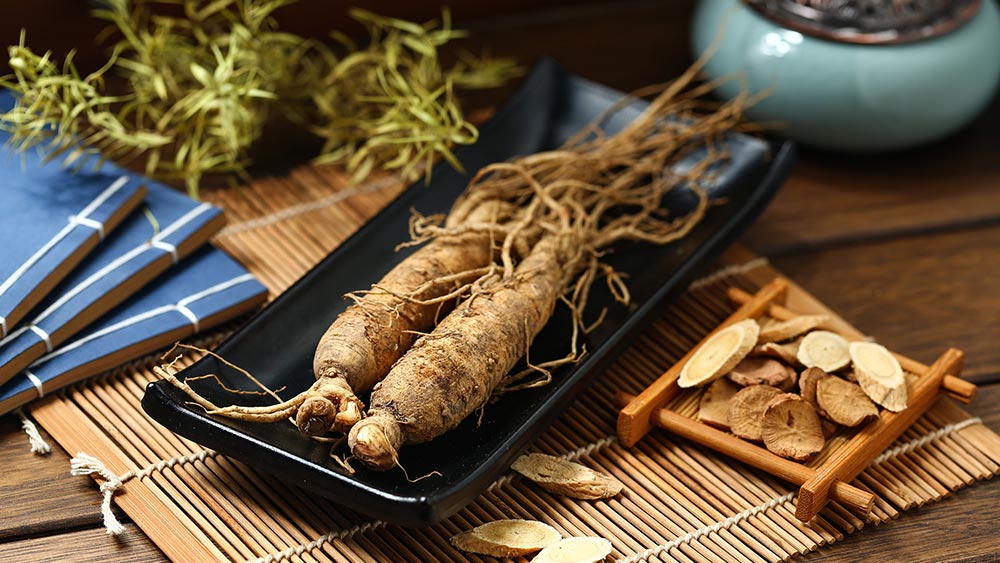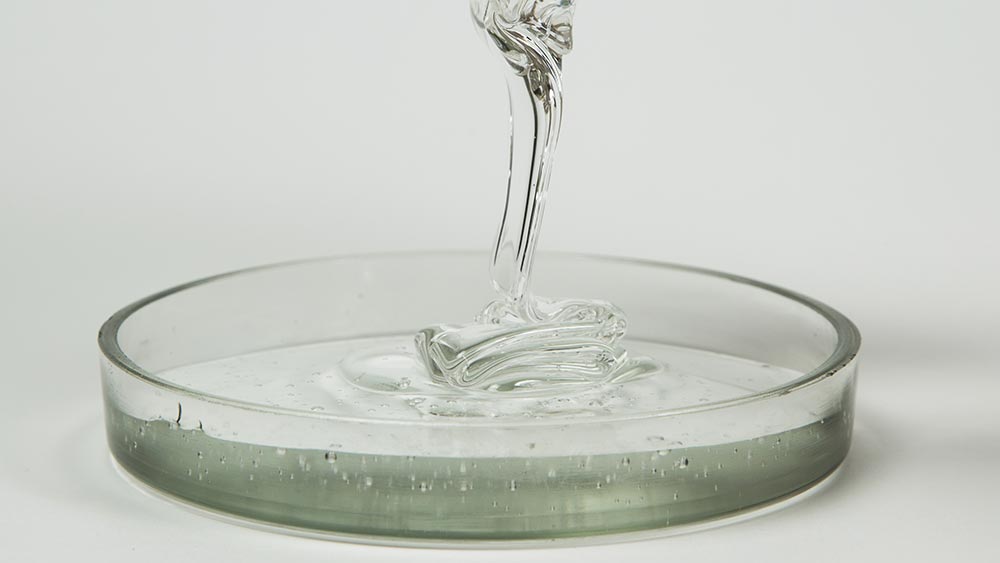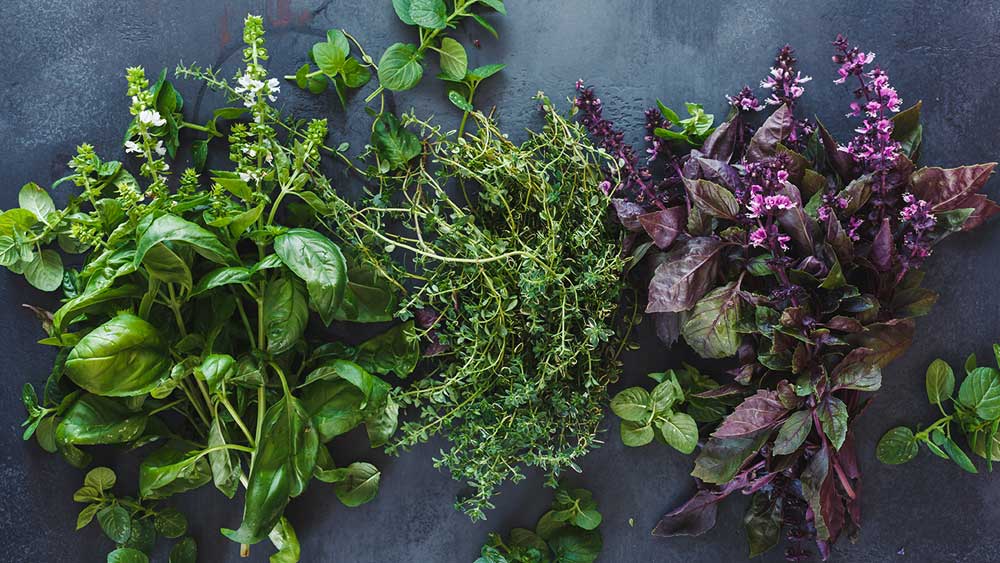
Panax ginseng root extract
- Derived from: ginseng root
- Pronunciation: (jin-ˌseŋ)
- Type: Natural
What Is Panax ginseng root extract?
Panax ginseng root extract is a substance made from the root of the ginseng plant. Also called Asian or Korean ginseng, panax ginseng grows wild and can be cultivated. It is native to China, Korea and Russia and has been used in traditional Chinese medicine for thousands of years.[1] Though ginseng is often thought of as nutritional supplement, panax ginseng root extract can be found in a variety of personal care products, including sunscreen, facial moisturizers, shampoo, conditioner, makeup, hairspray and other products.[2] It is also used in fragrance preparations and is often an ingredient in energy drinks.[3] It is one of the most commonly used and researched kinds of ginseng.[4]
What Does Panax ginseng root extract Do in Our products?
Panax ginseng has been used for centuries. One of its more studied active ingredients is ginsenosides, which have a variety of benefits in various parts of the body. In our products the panax ginseng root extract is a skin conditioner that helps keep the skin soft.[5]
Why Puracy Uses Panax ginseng root extract
We use panax ginseng root extract in several of our products as a moisturizer. Whole Foods has deemed the ingredient acceptable in its body care quality standards.[7] The Cosmetic Ingredients Review expert panel has deemed the ingredient is safe for use in personal care products, and studies show that it does not irritate the skin when used topically.[8,9,10,11,12,13] Studies also show the ingredient reduces the appearance of severe erythema/hemorrhage, edema, excoriation/erosion and scaling/dryness.[14] According to the Personal Care Council, there is no live animal evidence that supports anecdotal claims suggesting panax ginseng root extract may act as a phytoestrogen.[15,16,17]
How Panax ginseng root extract Is Made
Creating panax ginseng root extract starts by drying the root of the plant. The dried root, sometimes steamed and/or ground, is then percolated with an aqueous alcohol solution or propylene glycol. A vacuum is used for concentration. A solvent is then used to separate the extract.[6]
Certifications

Sources
[1] Mahady GB, Gyllenhall C, Fong HH, Farnsworth NR. “Ginsengs: a review of safety and efficacy.” Nutrition in Clinical Care (2000);3:90–101
[2] Environmental Working Group
[3] Personal Care Council
[4] American Academy of Family Physicians
[5] Personal Care Council
[6] Personal Care Council
[7] Whole Foods Market
[8] Personal Care Council
[9] Radiant. “Planoxia-RG (Panax Ginseng Root Extract),” Unpublished data submitted by the Personal Care Products Council; 2011
[10] Consumer Product Testing Co. Repeated insult patch test of a cuticle serum containing 0.1% Panax Ginseng Root Extract. Study Number: C 10-1072.04. Unpublished data submitted by the Personal Care Products Council. 2010:13
[11] TKL Research. 2007. “Repeated insult patch test of a lipstick containing 0.1% Panax Ginseng Root Extract,” TKL Study No. DS107107/107207-4. Unpublished data submitted by the Personal Care Products Council. 2007:18
[12] Essex Testing Clinic Inc. 2008. Summary of an HRIPT of a night cream containing 0.1% Panax Ginseng Root Extract. Unpublished data submitted by the Personal Care Products Council. 2008:1
[13] Bae, E.A., et al., “Inhibitory effects of Korean red ginseng and its genuine constituents ginsenosides Rg3, Rf, and Rh2 in mouse passive cutaneous anaphylaxis reaction and contact dermatitis models,” Biological and Pharmaceutical Bulletin, 2006; 29(9):1862-1867
[14] Kim, H.S., et al., “Effects of topically applied Korean red ginseng and its genuine constituents on atopic dermatitis-like skin lesions in NC/Nga mice,” International Immunopharmacology. 2011;11(2):280-285
[15] Amato, P. Christophe, S., and Mellon, P.L., “Estrogenic activity of herbs commonly used as remedies for menopausal symptoms,” Menopause. 2002;9(2):145-150
[16] Chan, P.C., et al., “Two-year toxicity and carcinogenicity studies of Panax ginseng in Fischer 344 rats and B6C3F1 mice,” American Journal of Chinese Medicine. 2011; 39(4):779-788
[17] National Toxicology Program. NTP technical report on the toxicology and carcinogenesis studies of ginseng (CAS No. 50647-08-0) in F344/N rats and B6C3F1 mice (gavage studies). National Institutes of Health. Report No. NT PTR 567; NIH Publication No. 10-5909.2011:1-152


























